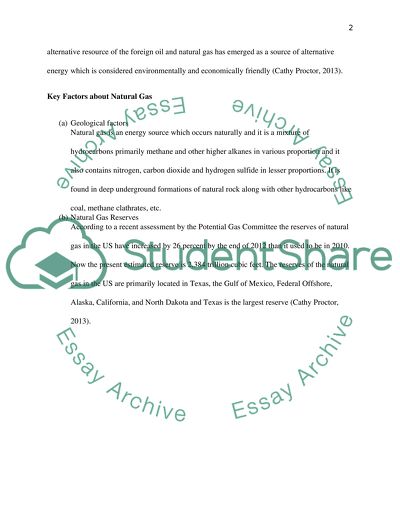Cite this document
(“Energy Sources In the 21st Century Research Paper”, n.d.)
Energy Sources In the 21st Century Research Paper. Retrieved from https://studentshare.org/environmental-studies/1479503-energy-sources-in-the-21st-century
Energy Sources In the 21st Century Research Paper. Retrieved from https://studentshare.org/environmental-studies/1479503-energy-sources-in-the-21st-century
(Energy Sources In the 21st Century Research Paper)
Energy Sources In the 21st Century Research Paper. https://studentshare.org/environmental-studies/1479503-energy-sources-in-the-21st-century.
Energy Sources In the 21st Century Research Paper. https://studentshare.org/environmental-studies/1479503-energy-sources-in-the-21st-century.
“Energy Sources In the 21st Century Research Paper”, n.d. https://studentshare.org/environmental-studies/1479503-energy-sources-in-the-21st-century.


